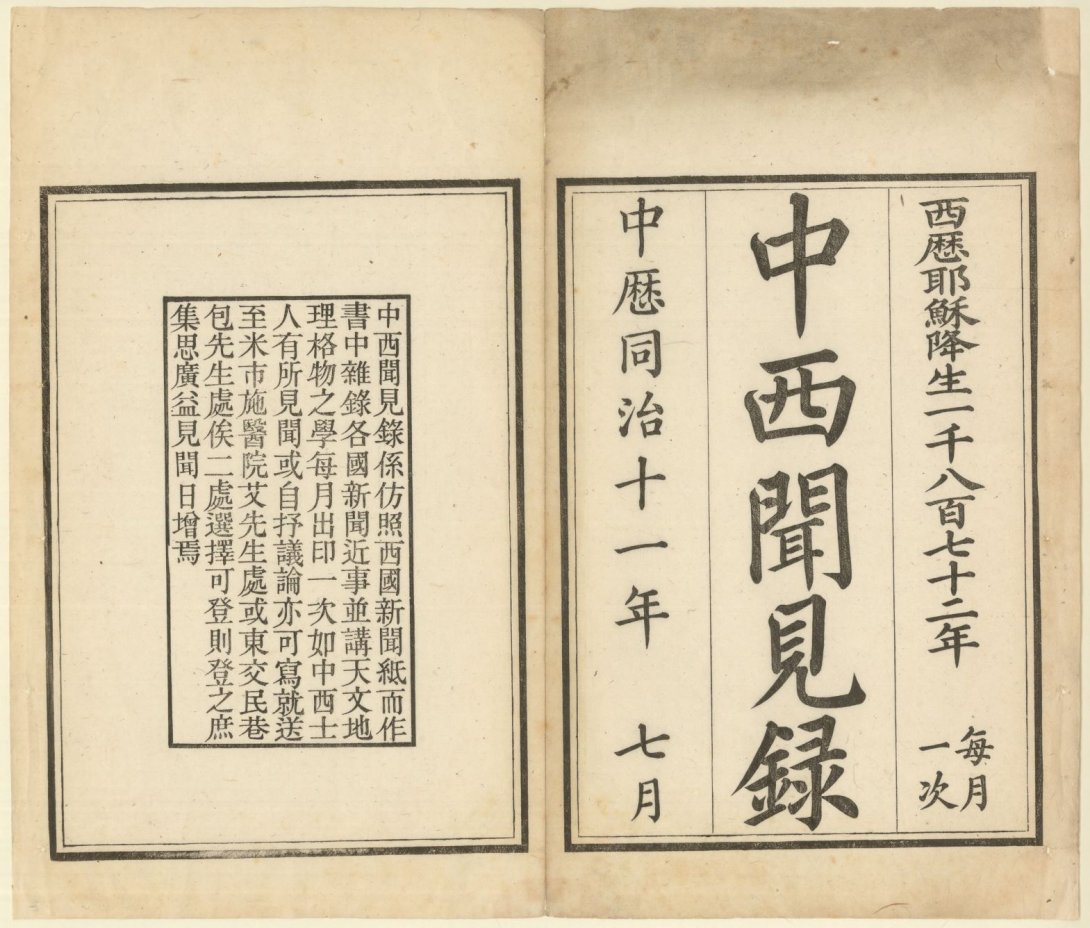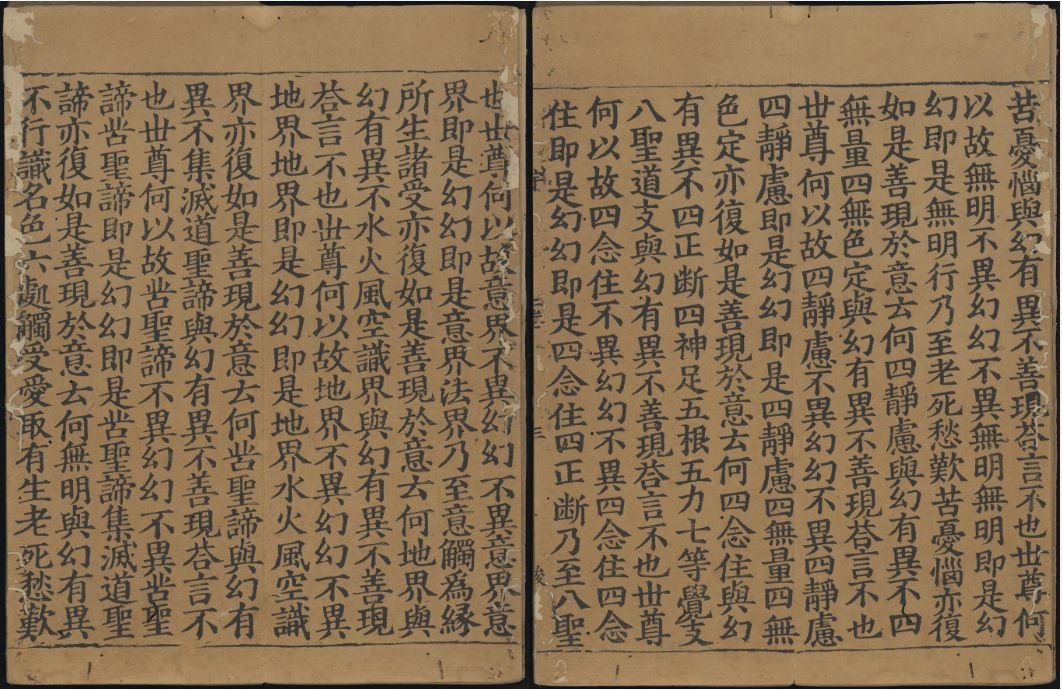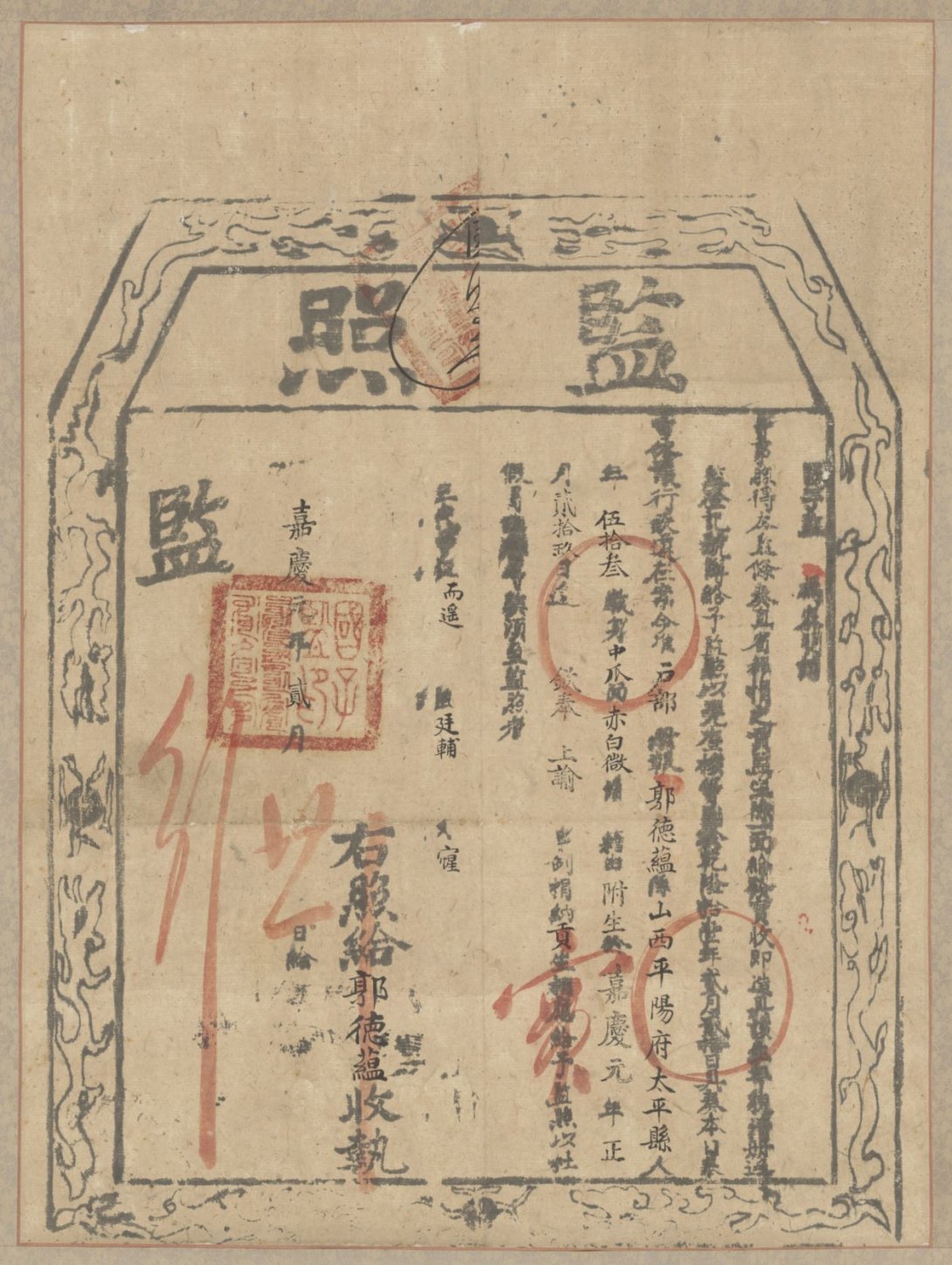The best way to explore the Library’s Chinese collection is to use the catalogue. All items in the Chinese collection are catalogued and searchable through the catalogue.
Quick search
Use the catalogue to search for material in the Chinese collection by entering your search terms or key words to find titles, authors or subjects.
You can search the catalogue using English, Chinese (simplified or traditional characters) and Chinese Romanization Pinyin (拼音).
Once you run your search, you can limit your search results using the options listed under ‘Limit your search’ on the right-hand side of the results page. The filters include format, access, subject, time of publication (decade), language and geographic etc. The Language and Geographic filters can be very helpful, for example to limit to Chinese or China.
You can also search for works in Chinese in the catalogue Advanced Search by ticking ‘Chinese’ in the Language limit box. You may also wish to tick multiple languages to capture works that are classified as multilingual.
Search the catalogue by romanization
Searching by romanization is still the most effective way to locate Chinese-language materials. Simplified Chinese and traditional Chinese are inter-searchable in our catalogue. However, if you are unable to identify items by searching in English or Chinese (simplified or traditional characters), try searching by Pinyin.
Follow Library of Congress ALA-LC Romanization Rules when using Pinyin as keywords. Some basic principles are:
- Separate the romanization of each Chinese character with a space, i.e. Ming Qing xiao shuo bi jiao yan jiu 明清小说比较研究
- Join together given names of a person, i.e., Kang Youwei 康有為
- Join together syllables associated with multi-character geographic names, but not the names of jurisdictions or topographical features to geographic names, i.e.:
Zhongguo 中国
Zhonghua Minguo 中華民國
Guangdong Sheng 广州省
Zhonghua Renmin Guoheguo 中华人民共和国
Double quotation marks can be used to wrap multiple words into one phrase to help locate exact results.
Browse
Although you can’t browse the Library’s shelves in person, you can use the Catalogue to browse by title, author, subject or Dewey number.
To search for works relating to China, you can browse by subject. You can do so by opening the Catalogue advanced search and typing in subjects, or clicking the subject headings of an item in the collection to view further items by that subject. Some examples are:
One way to browse collection items from the Chinese collections is by using the call number prefixes. For example, a search of the call number prefix ‘LMS’ will reveal a list of items in the London Missionary Society collection and you can use the call number ‘CHN’ to browse books in the Chinese Australiana collection.
![[婚宴 = A Chinese wedding banquet] nla.obj-300139263](/sites/default/files/styles/wide/public/media/images/2022-07/nla.obj-300139263-1.jpg?itok=3kIjaBQO)


